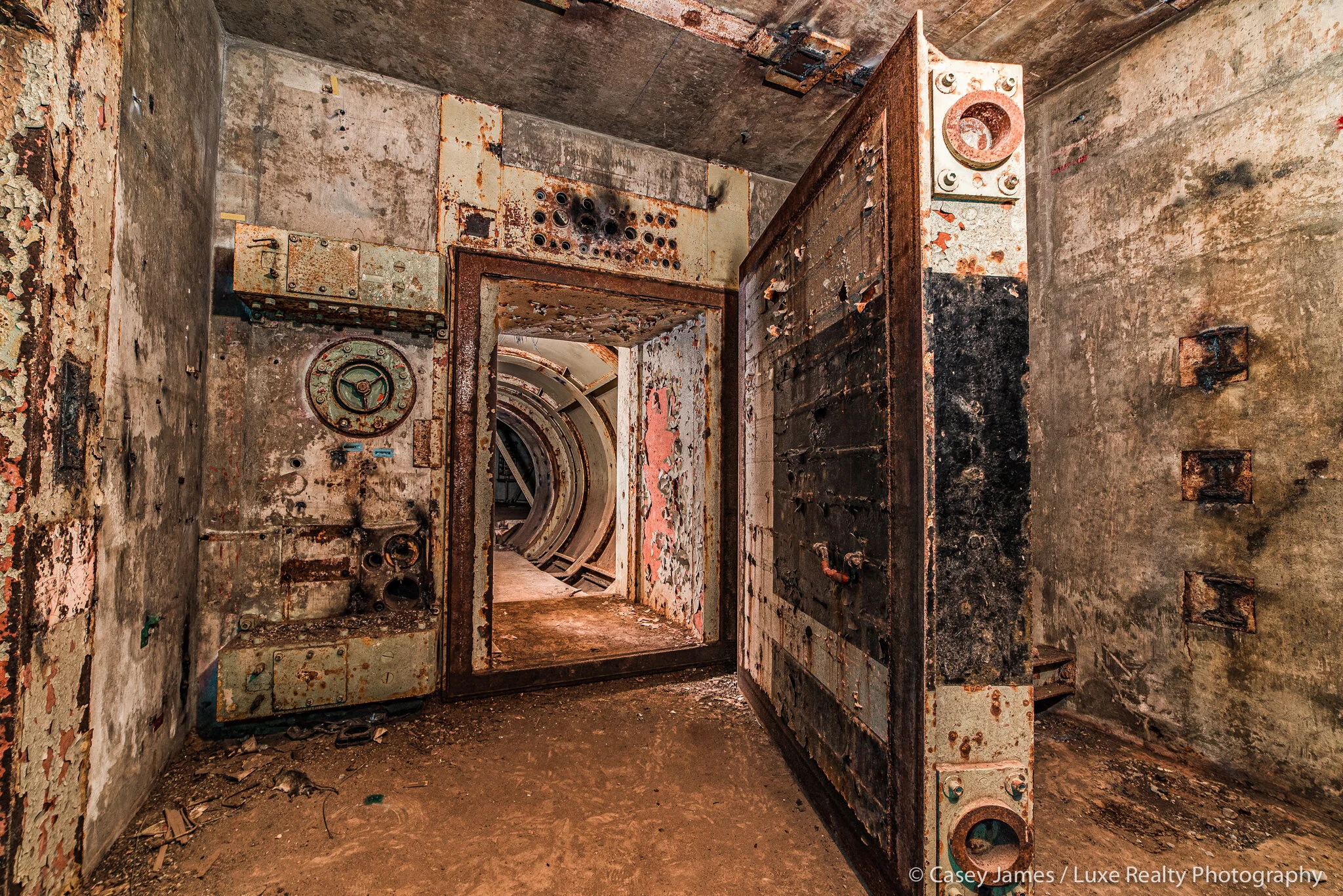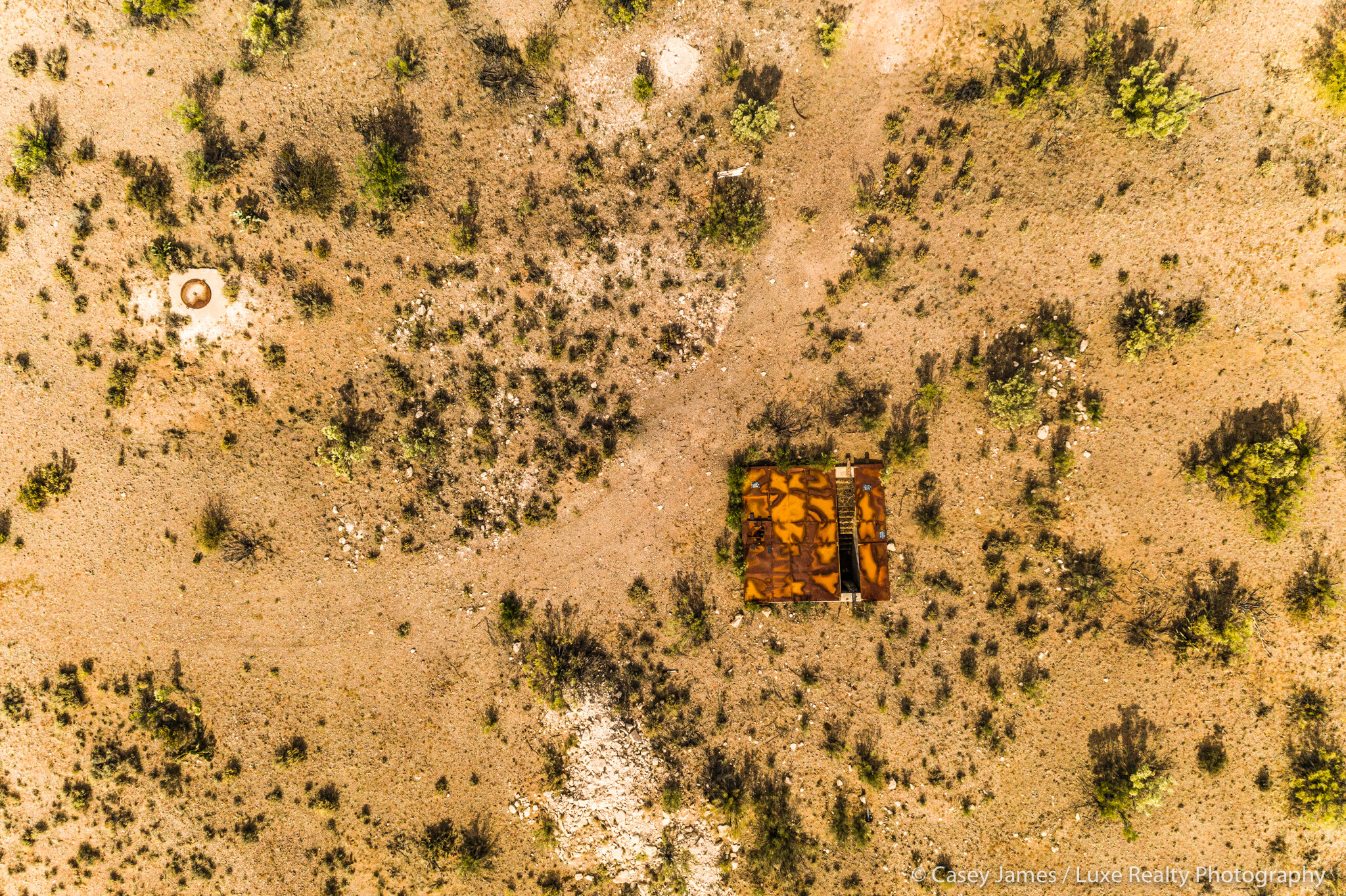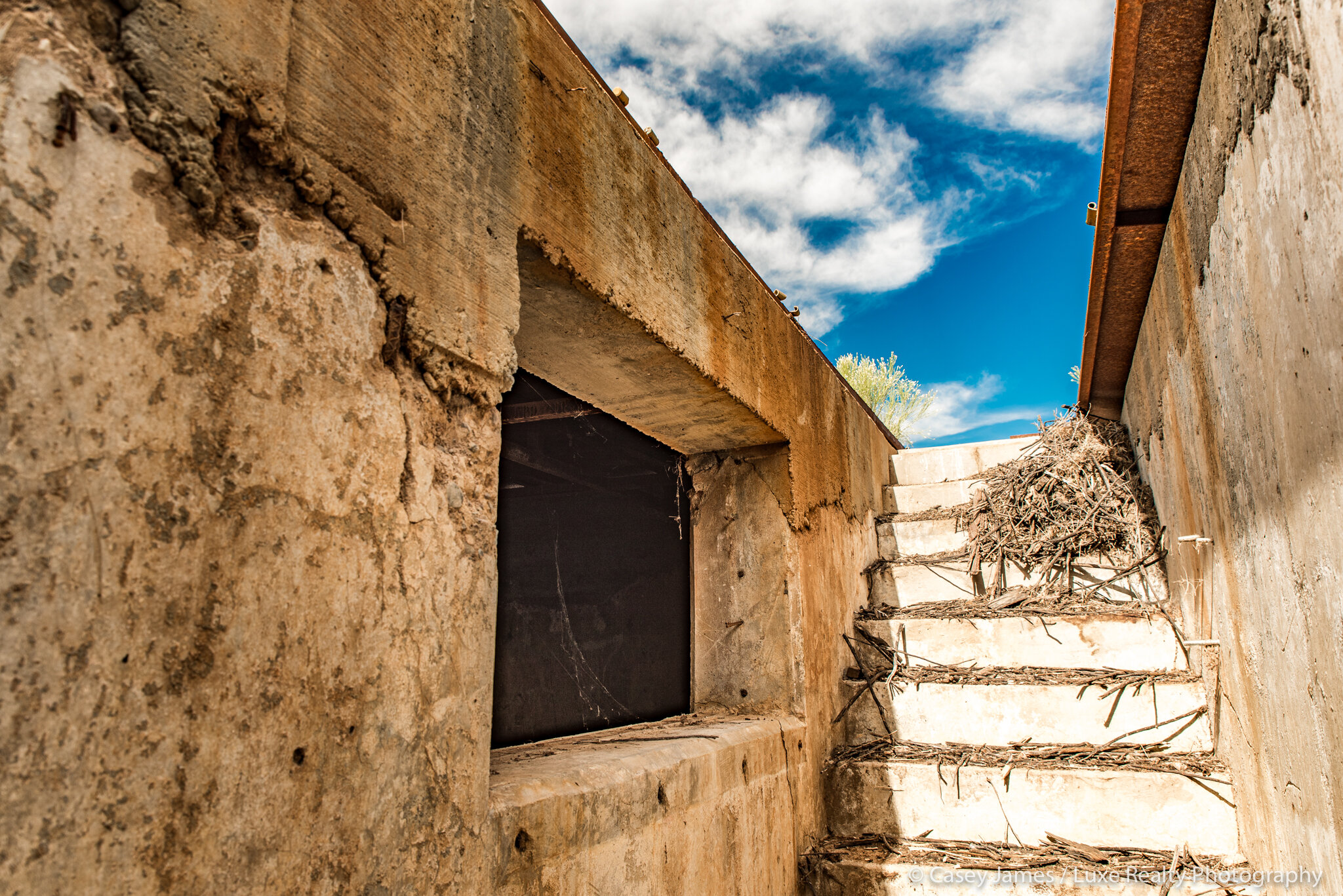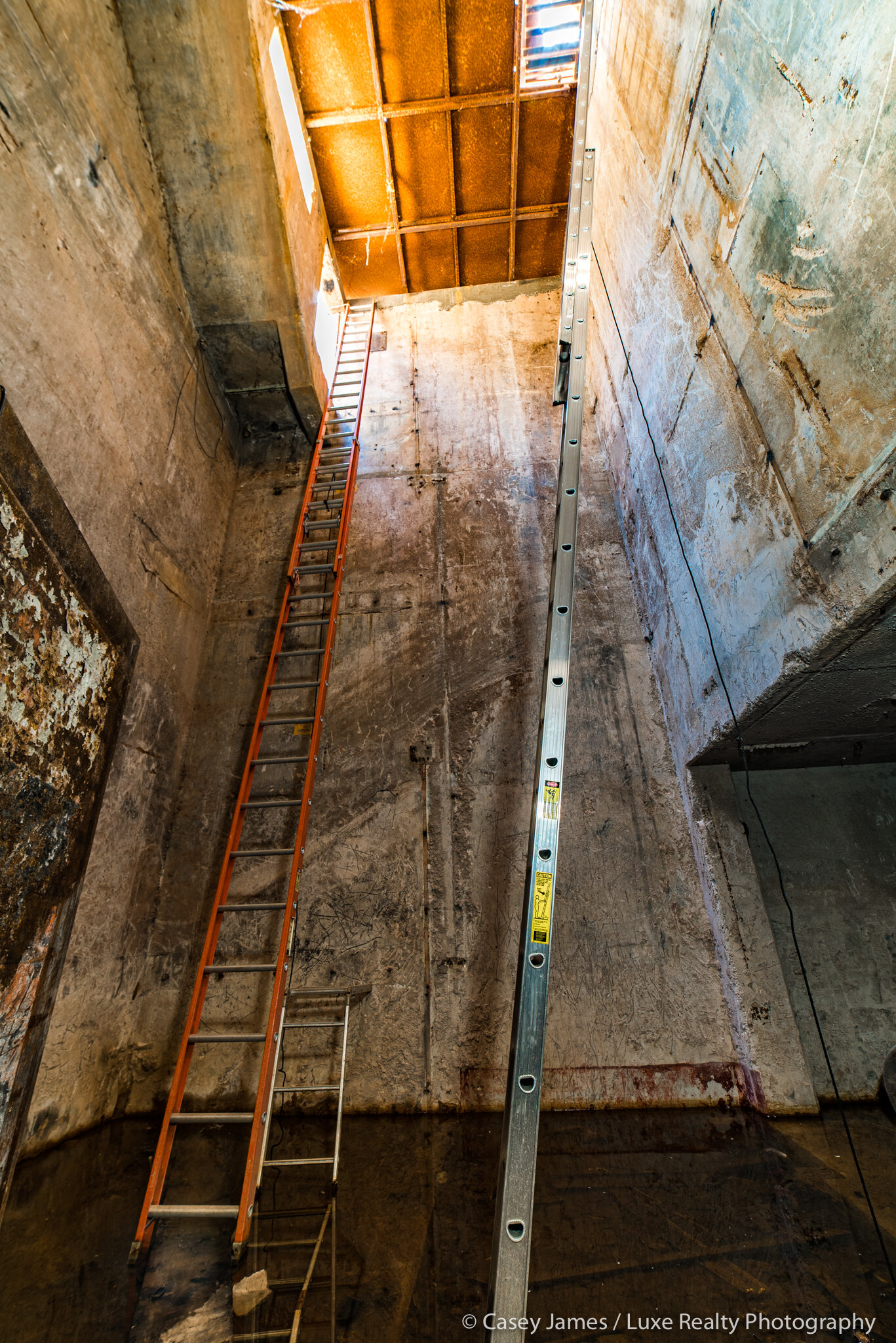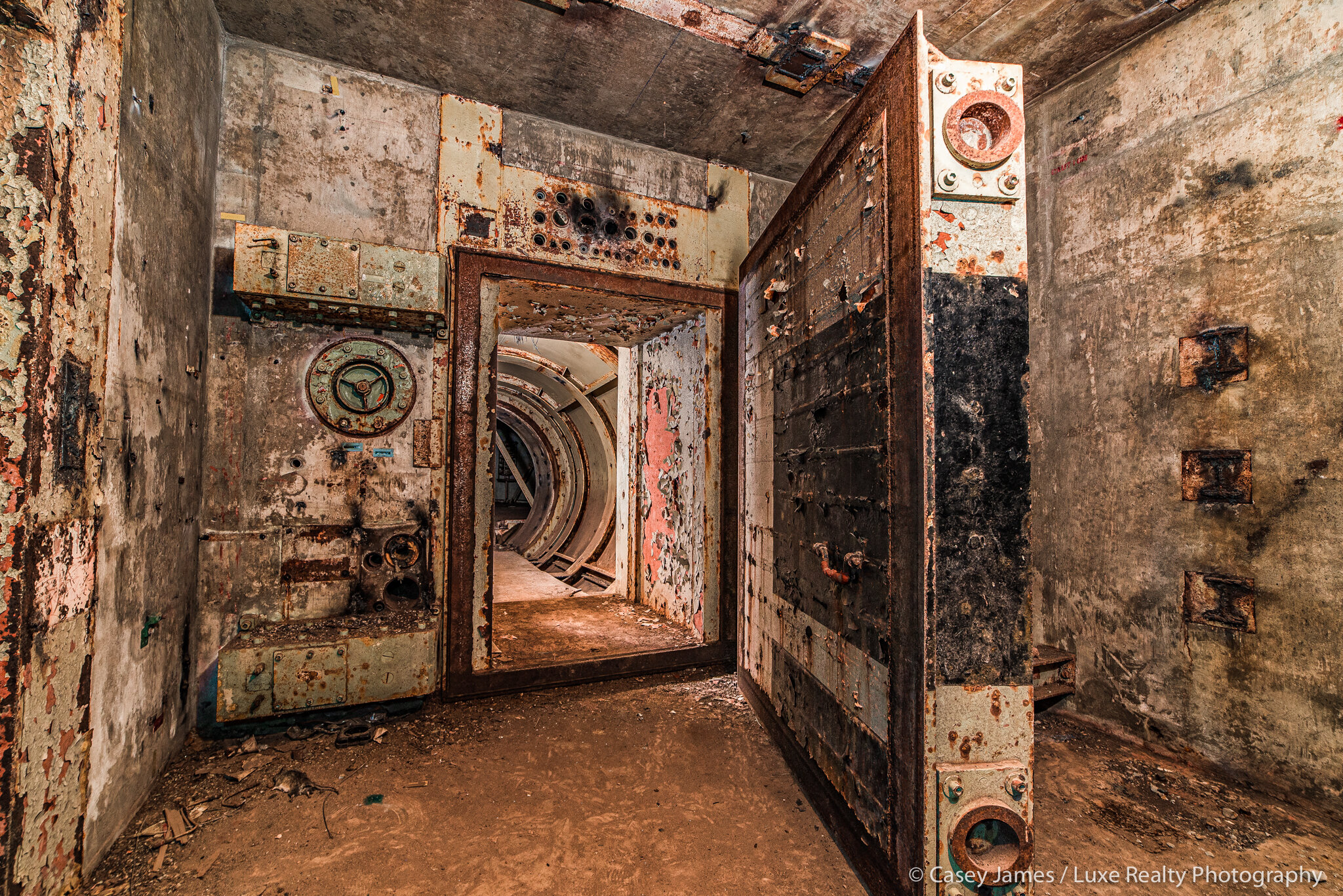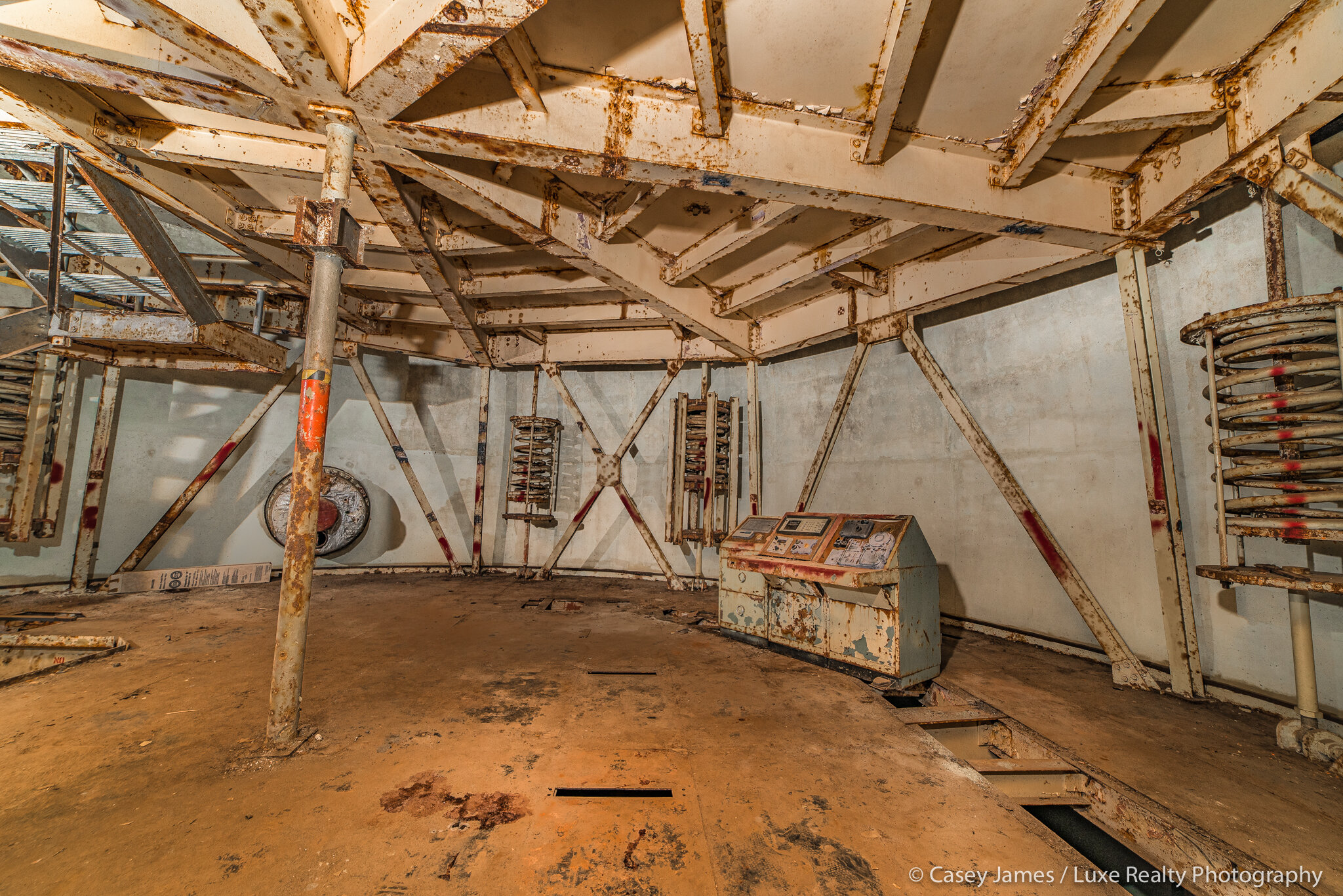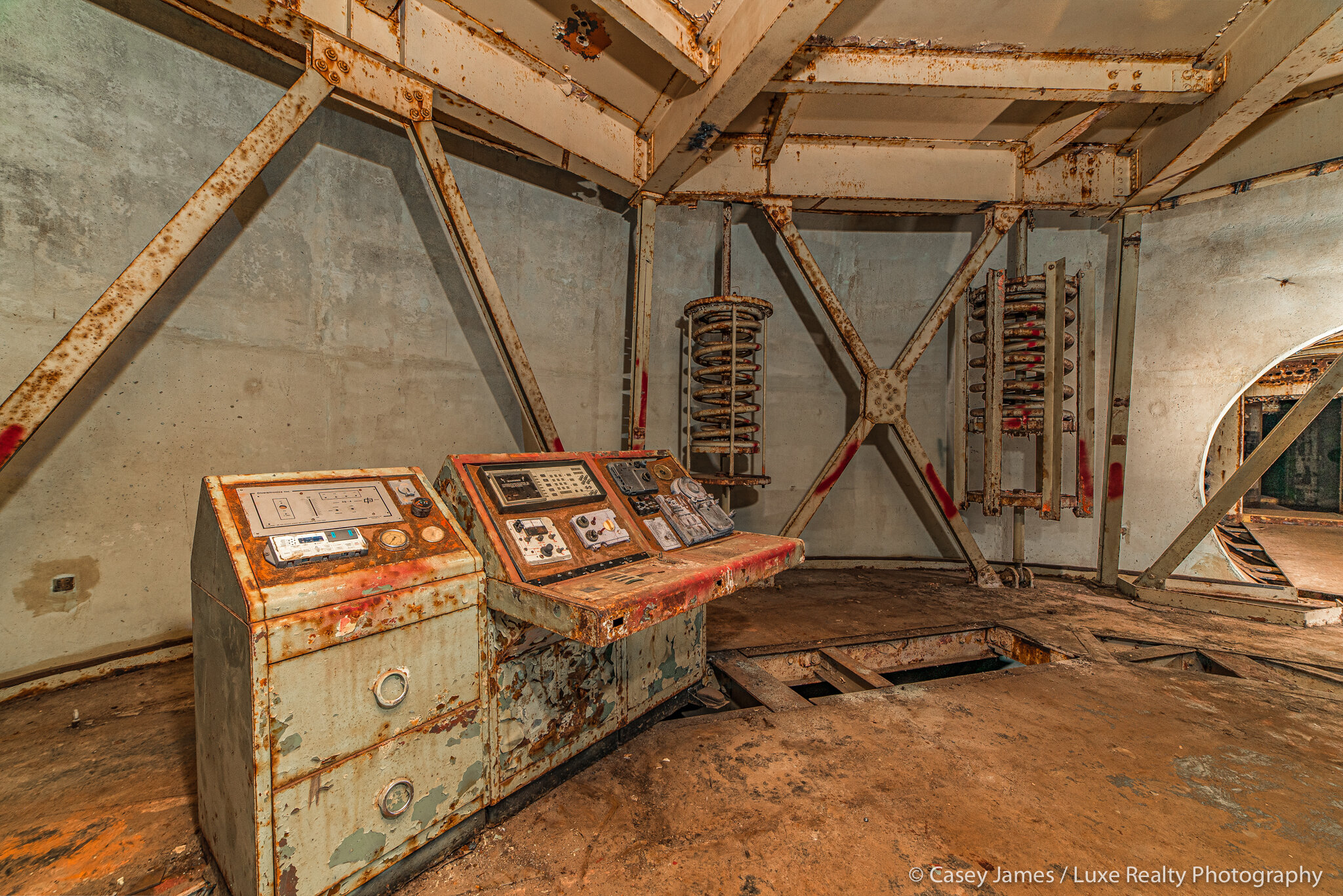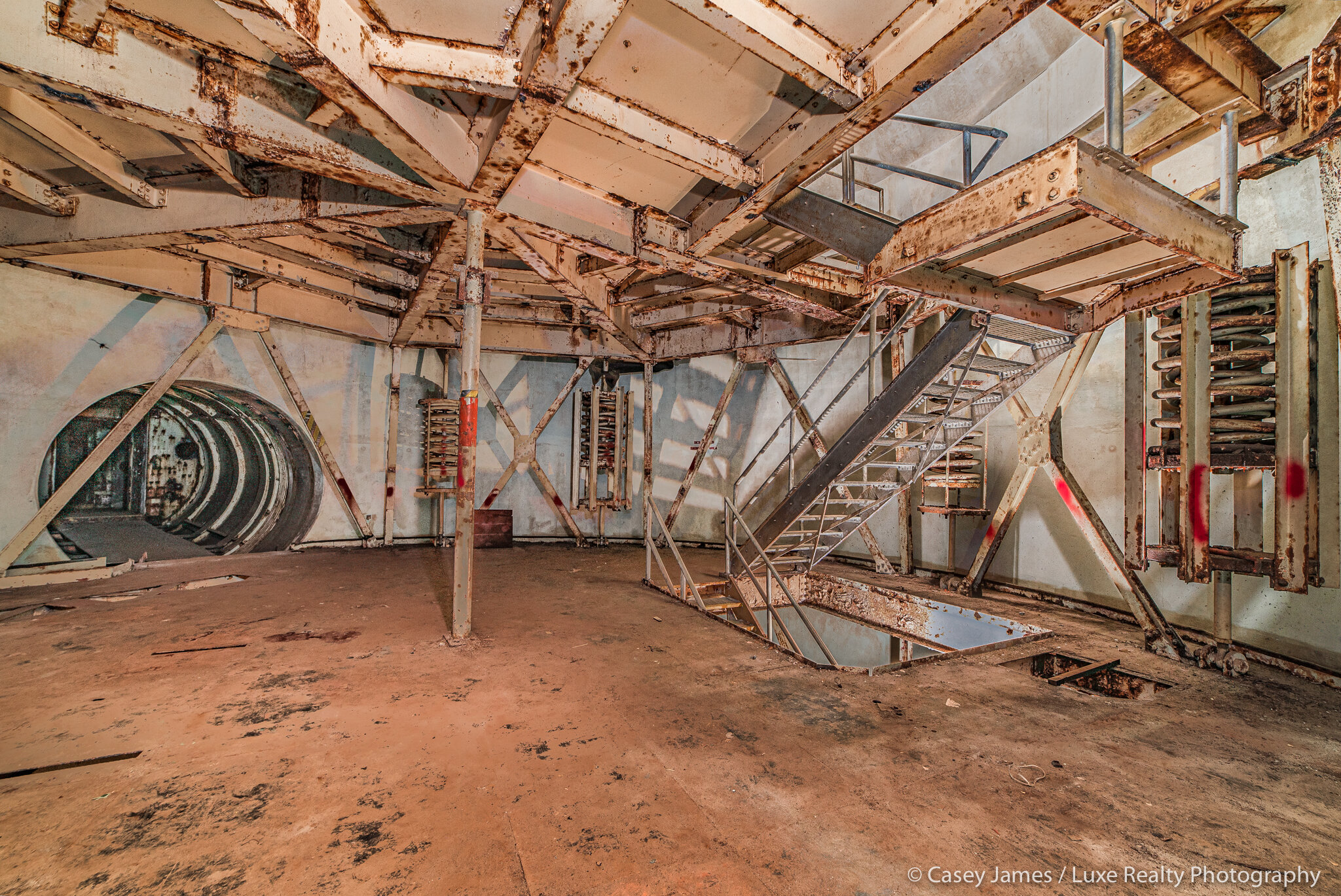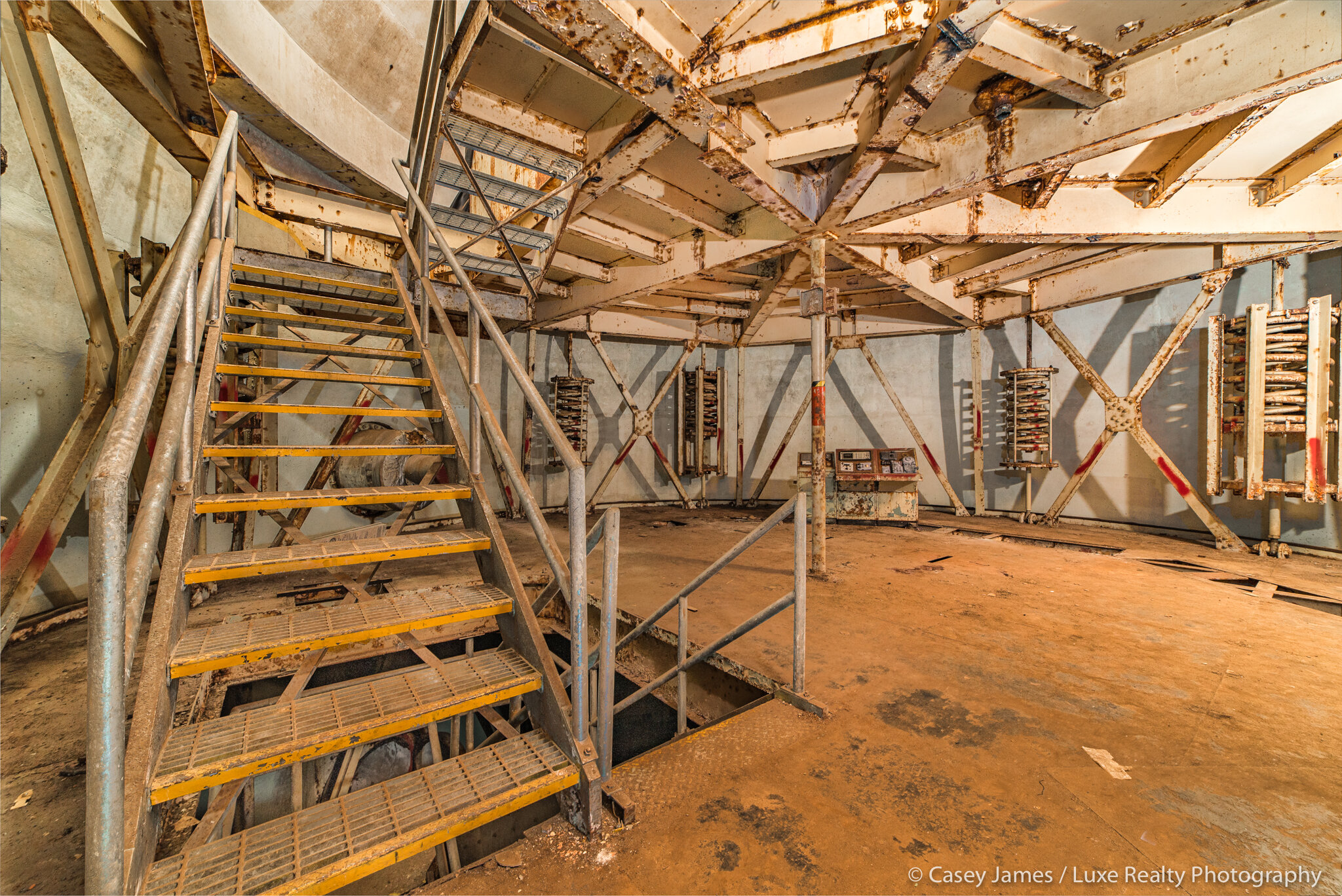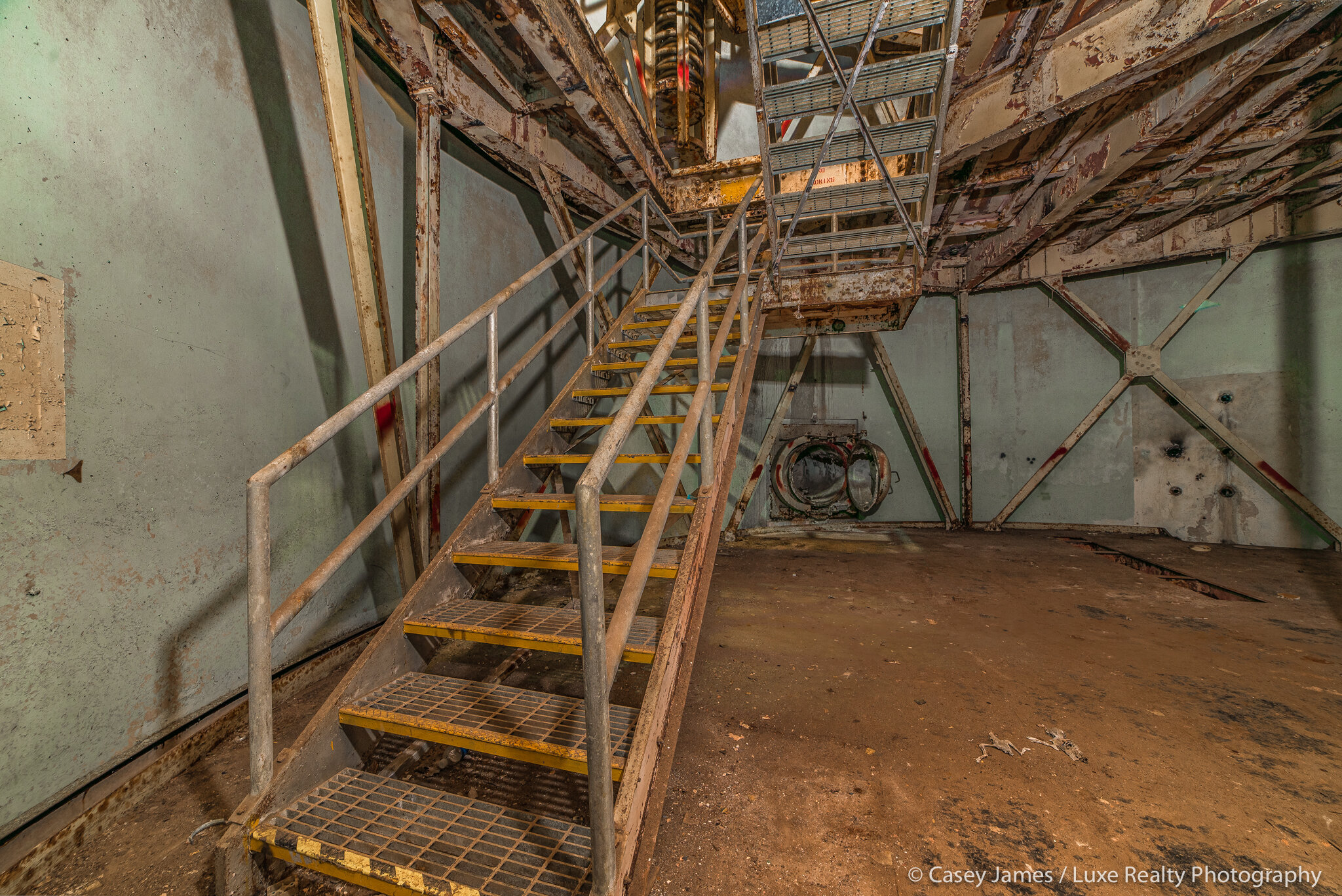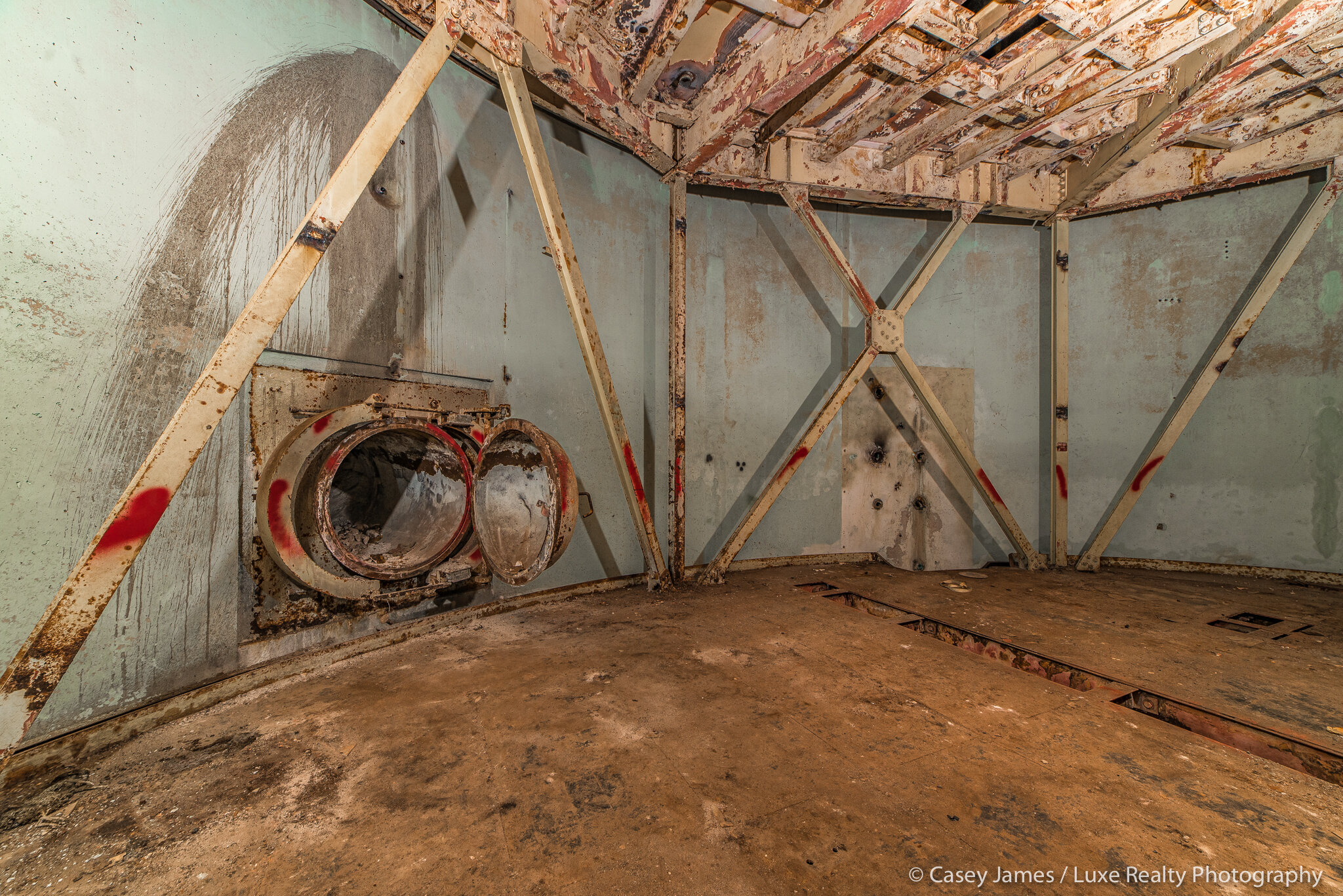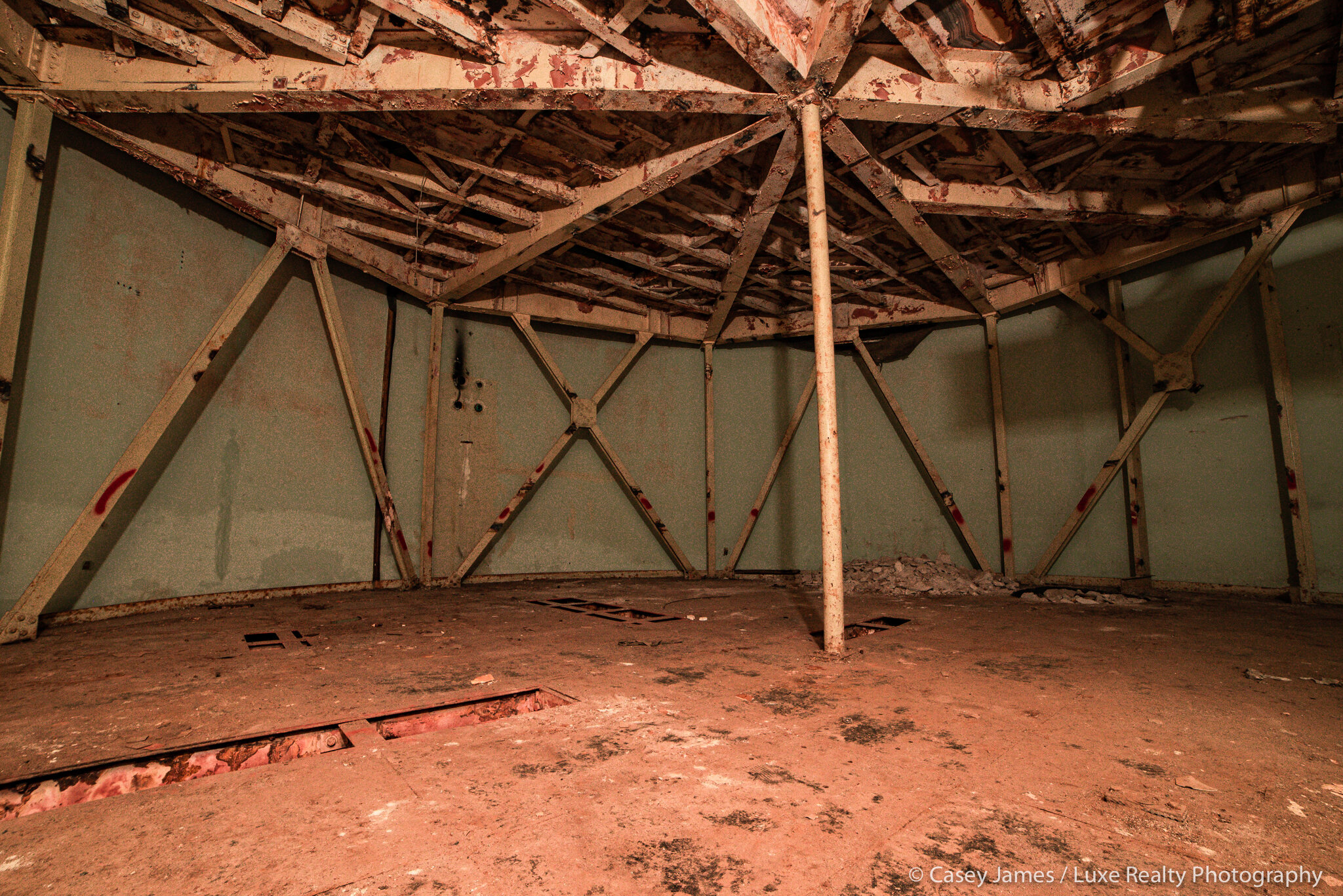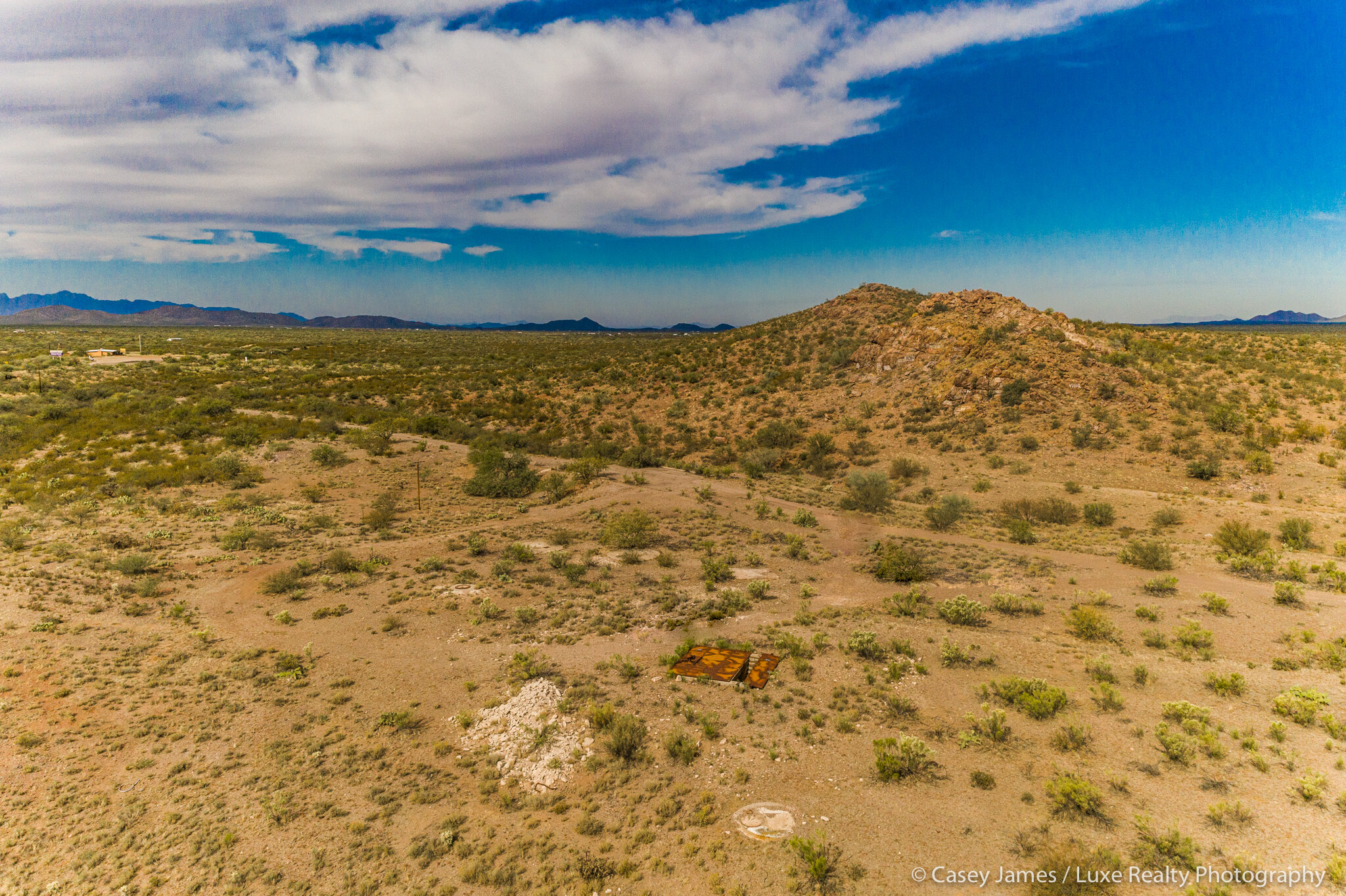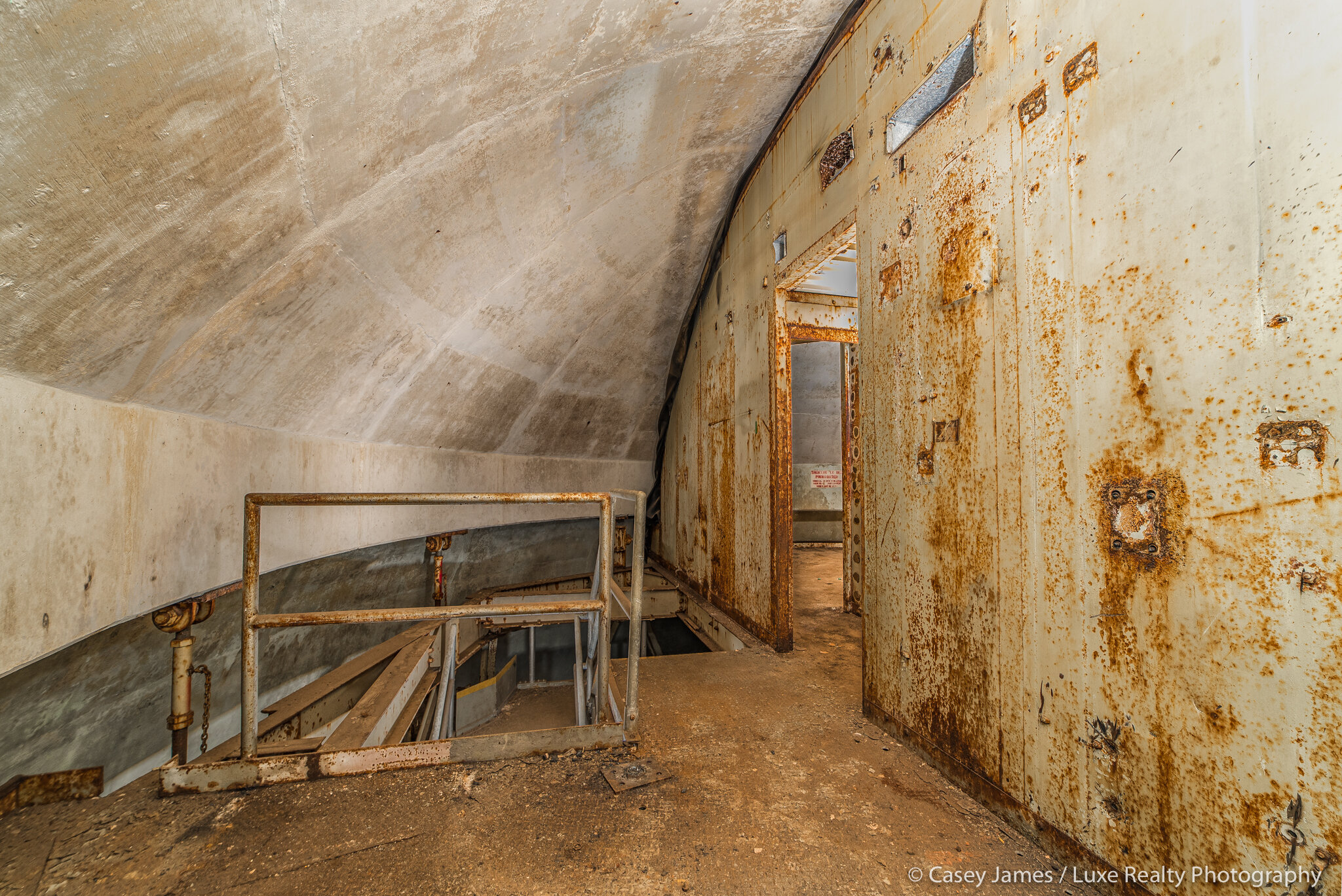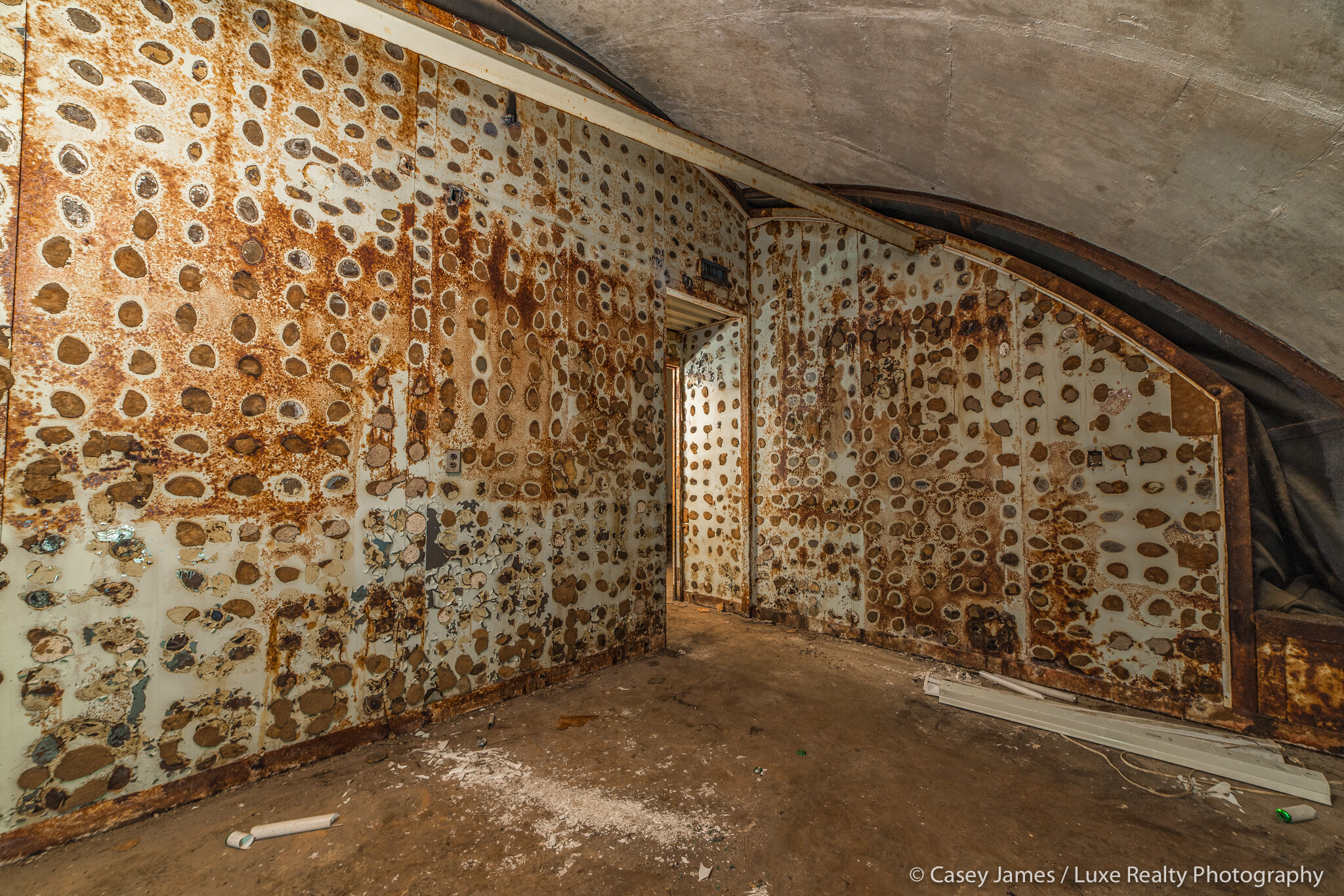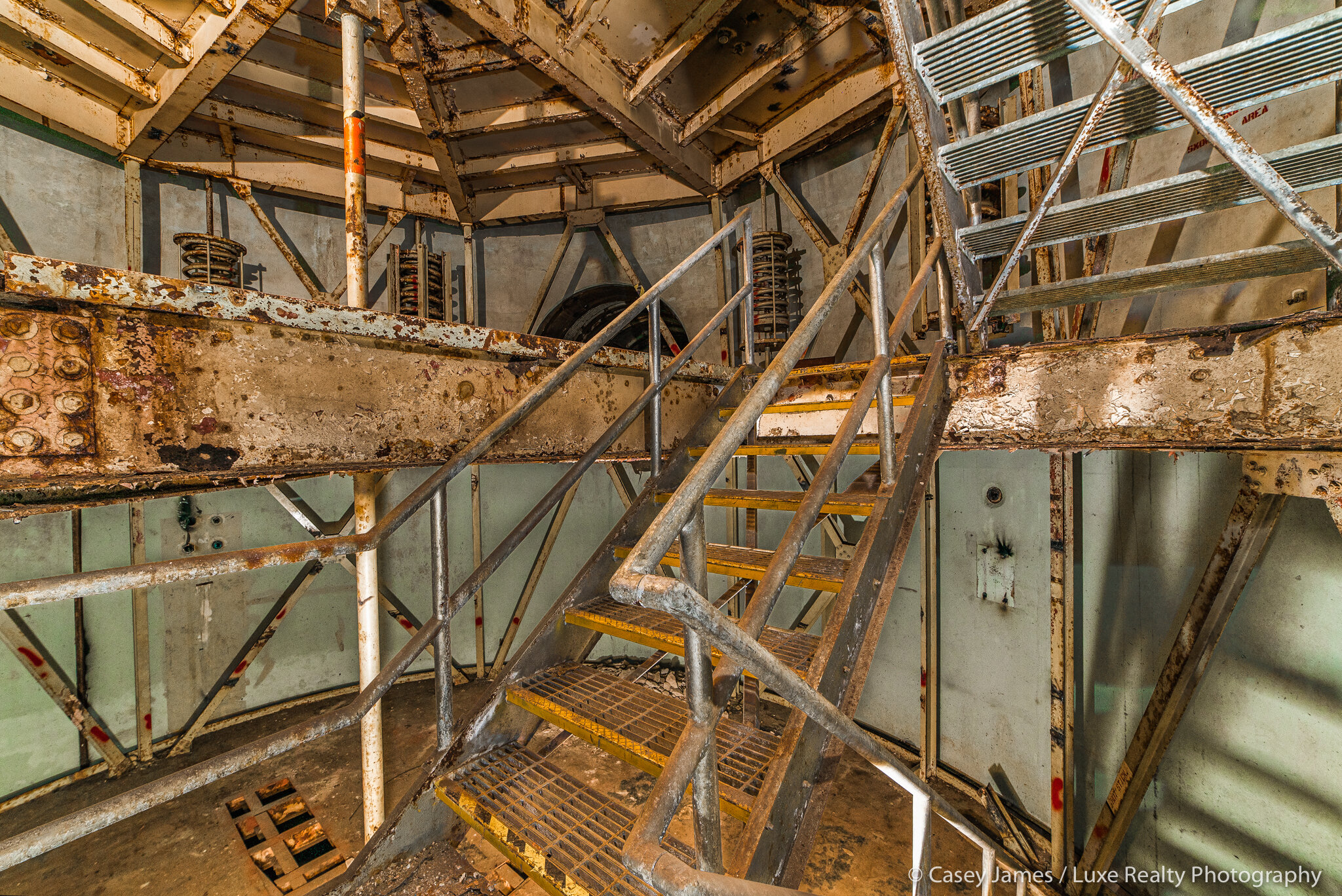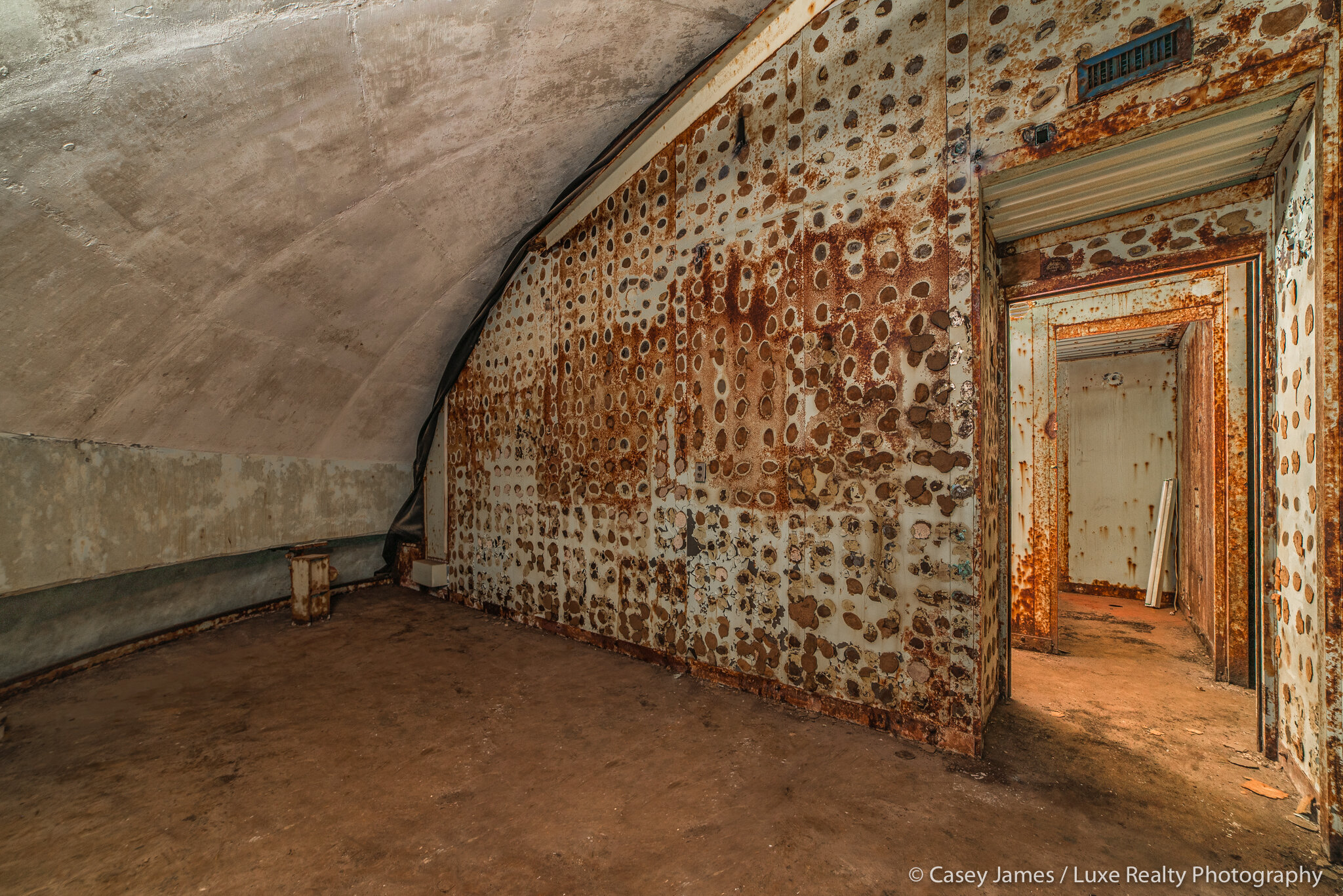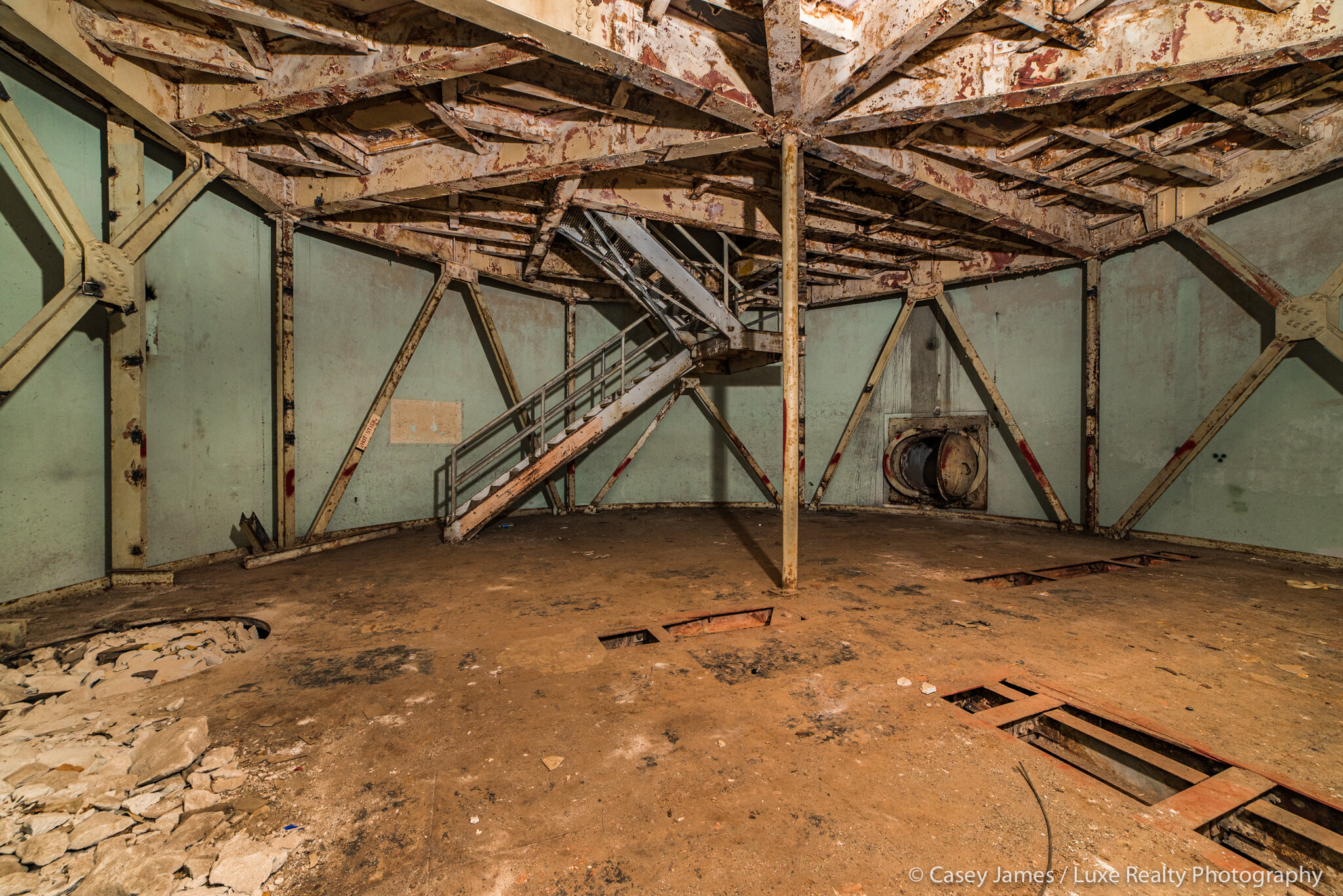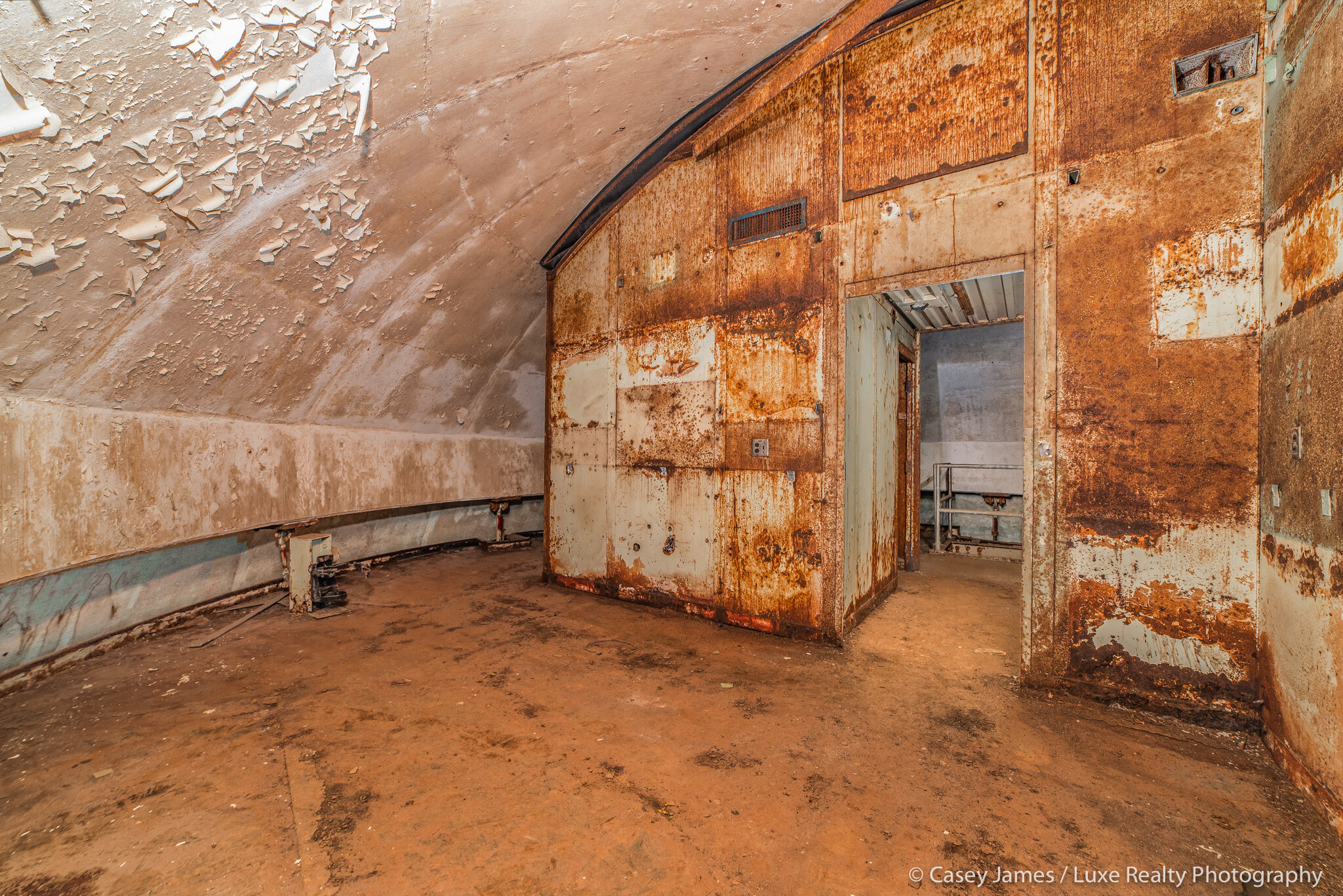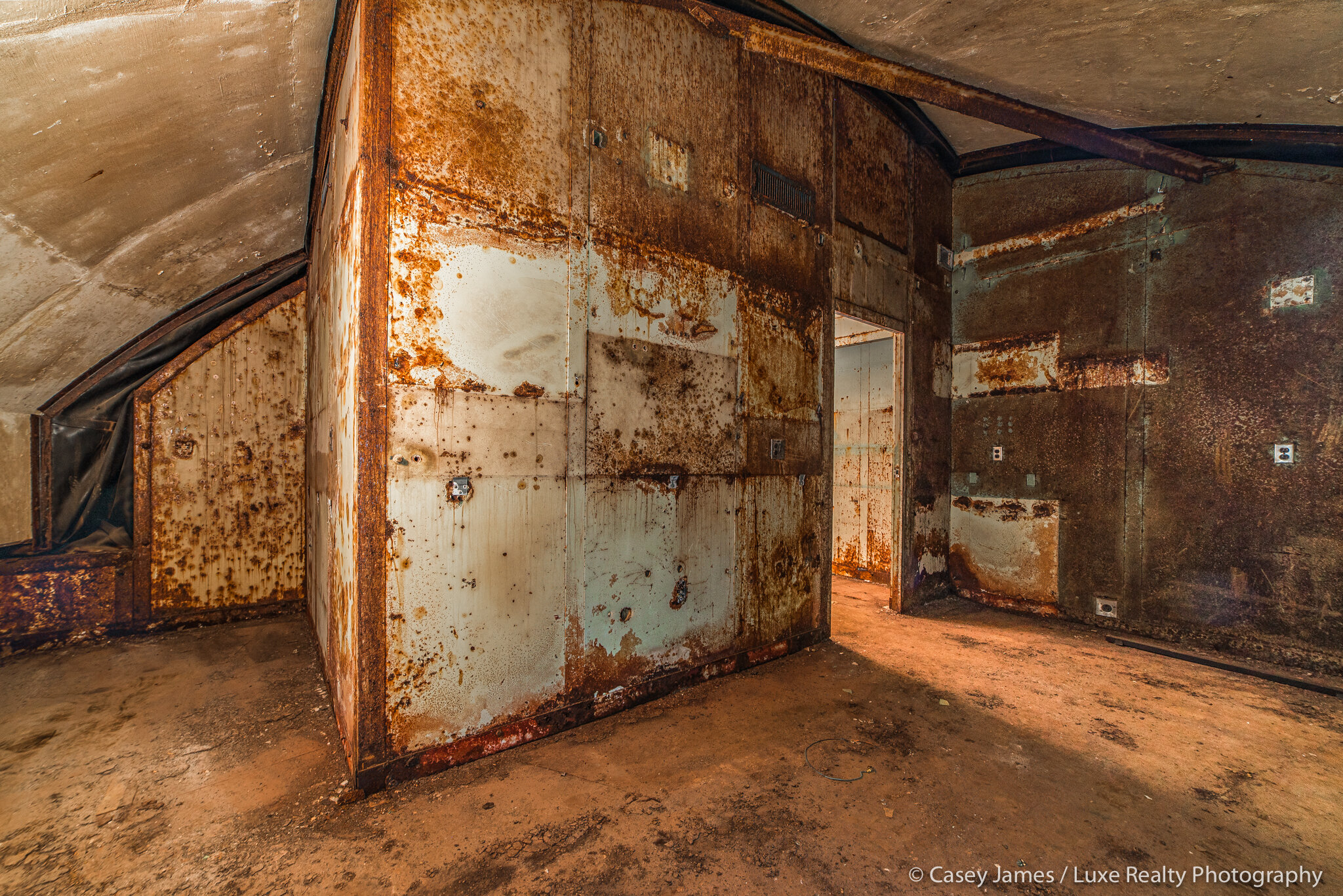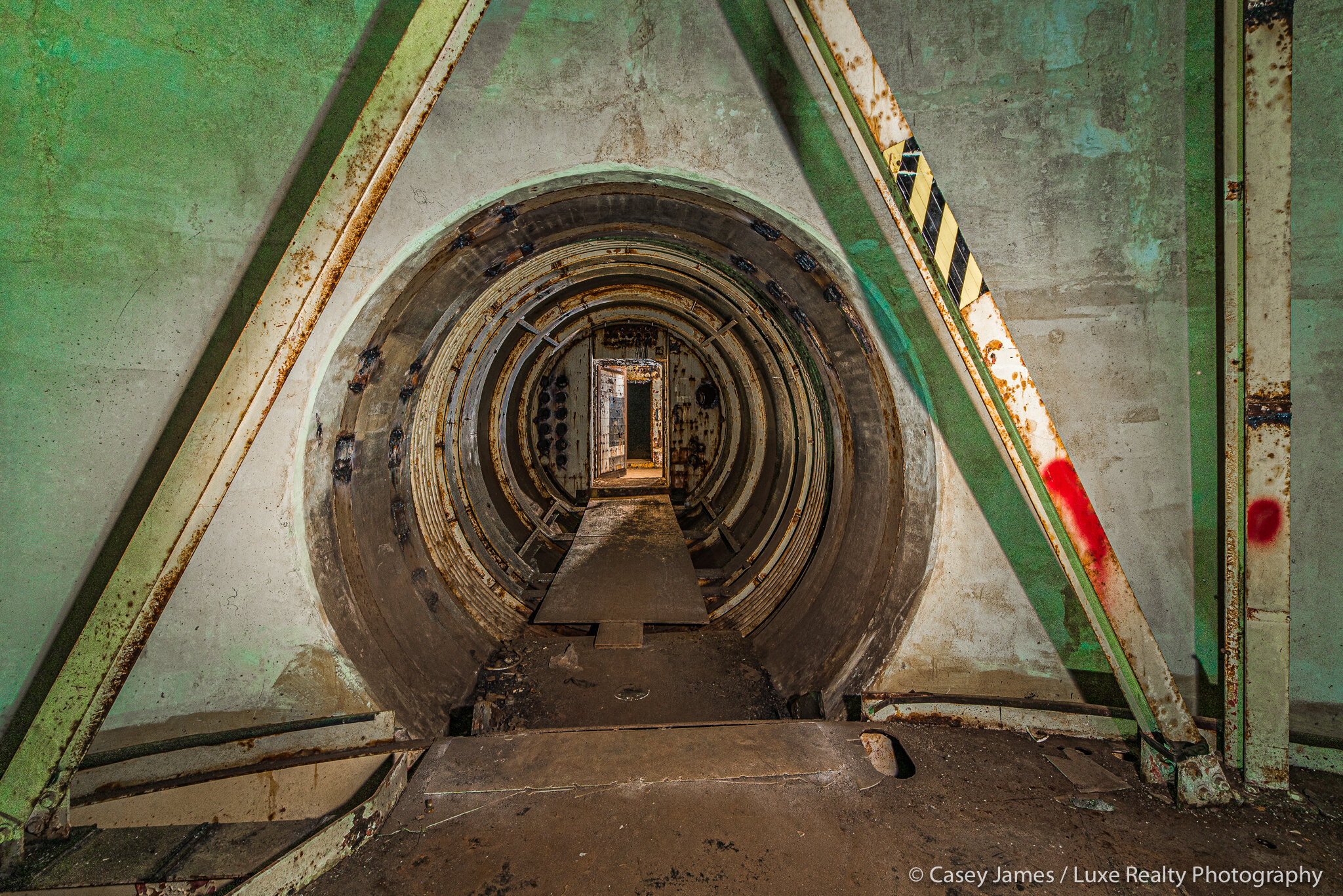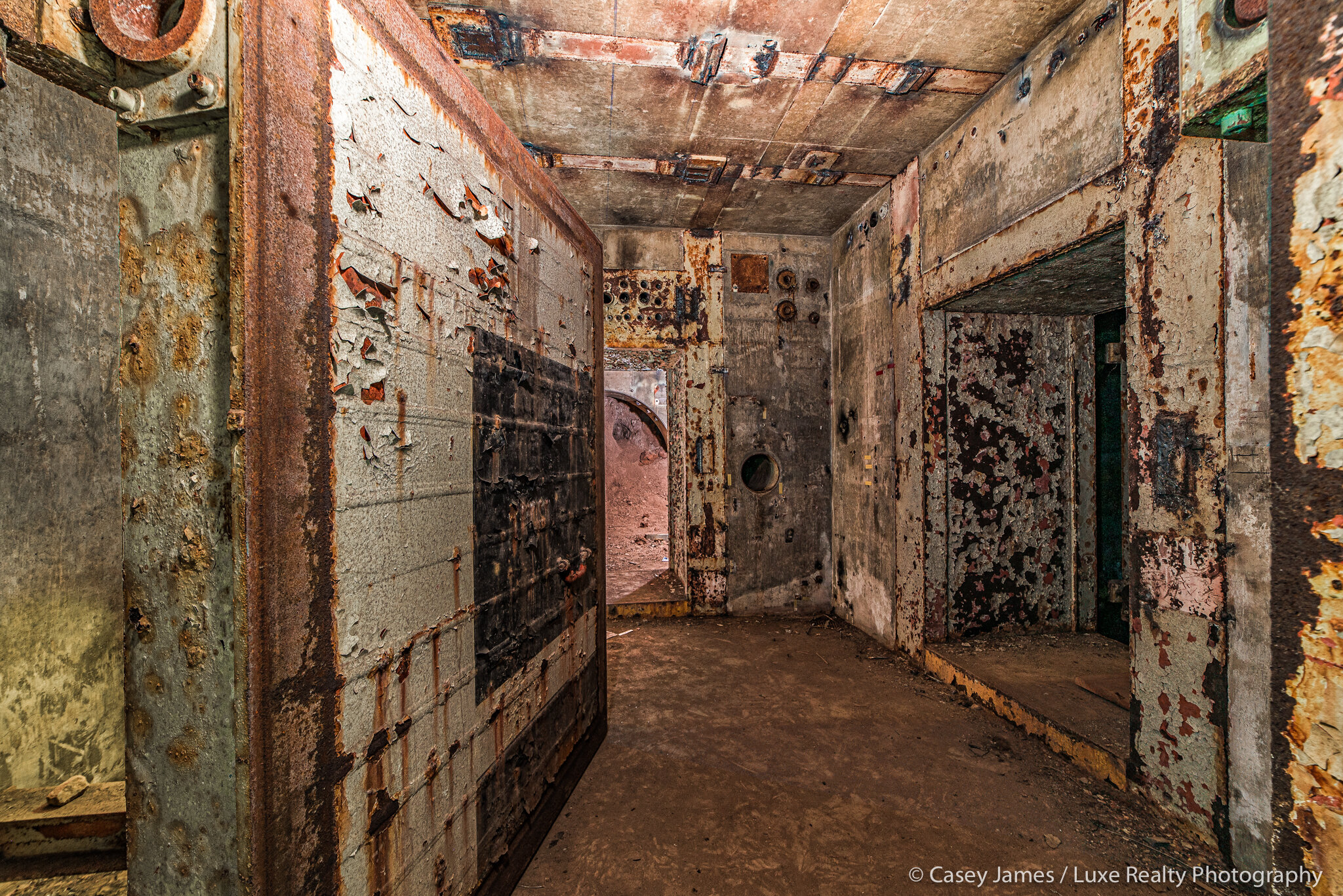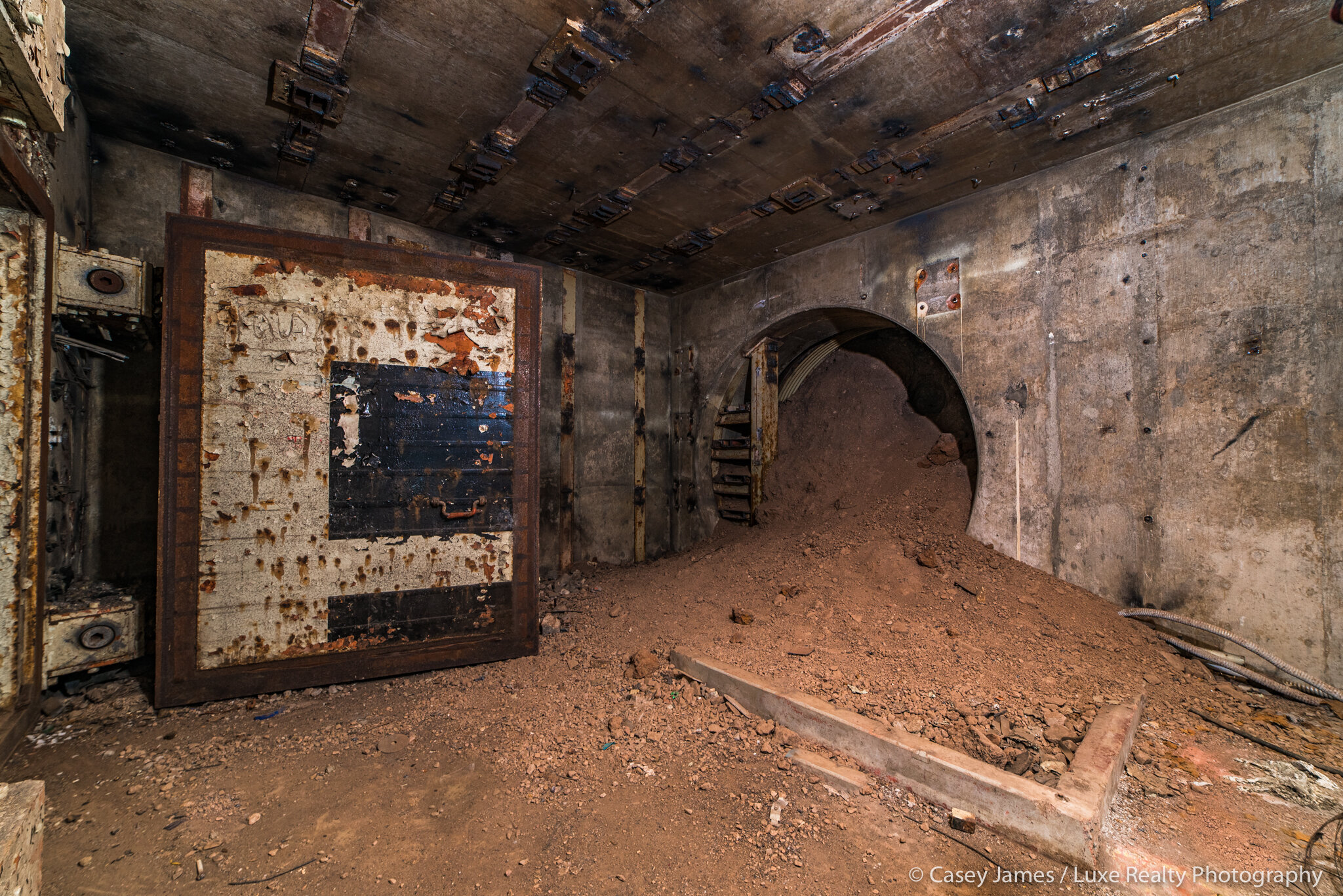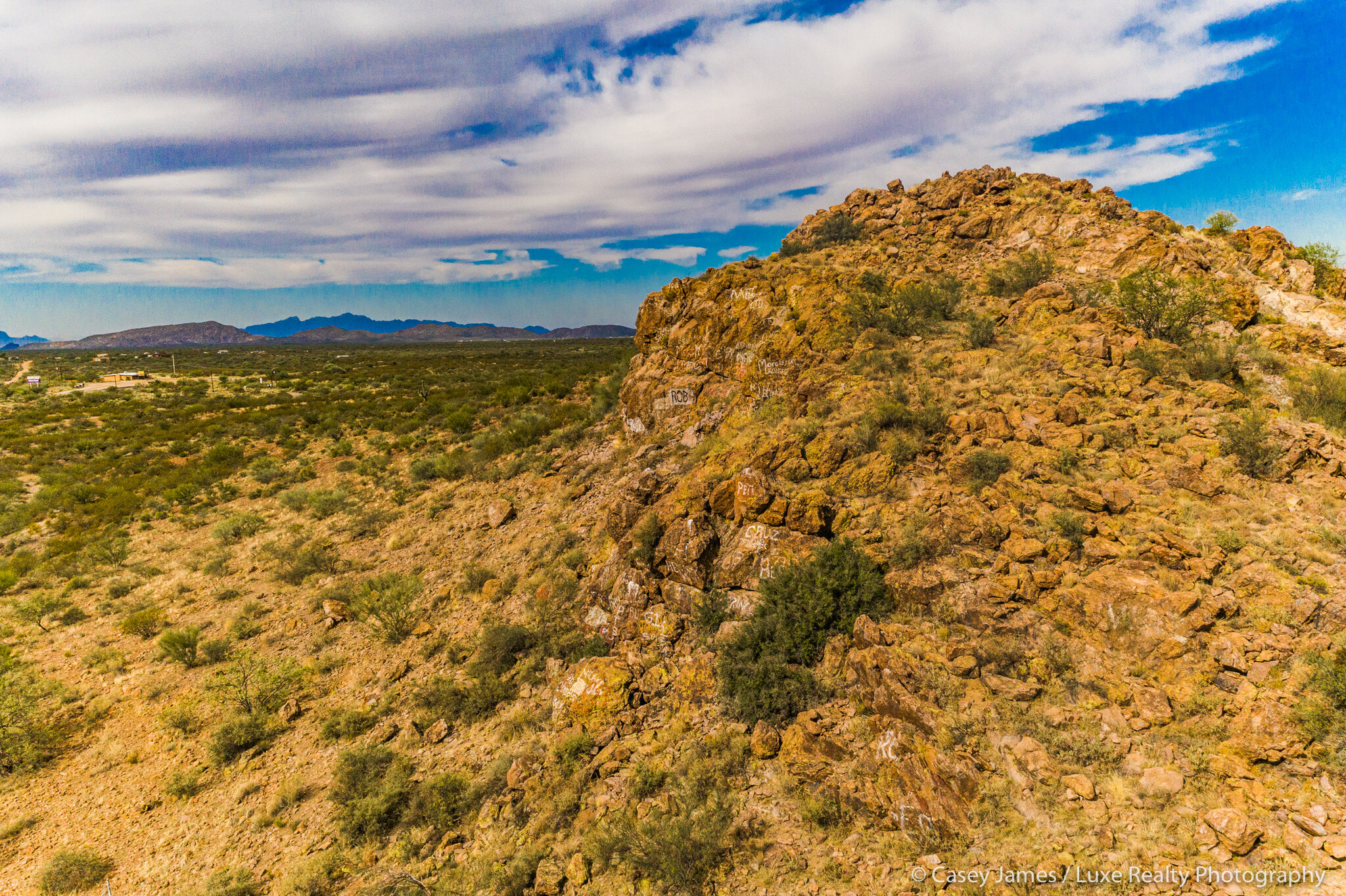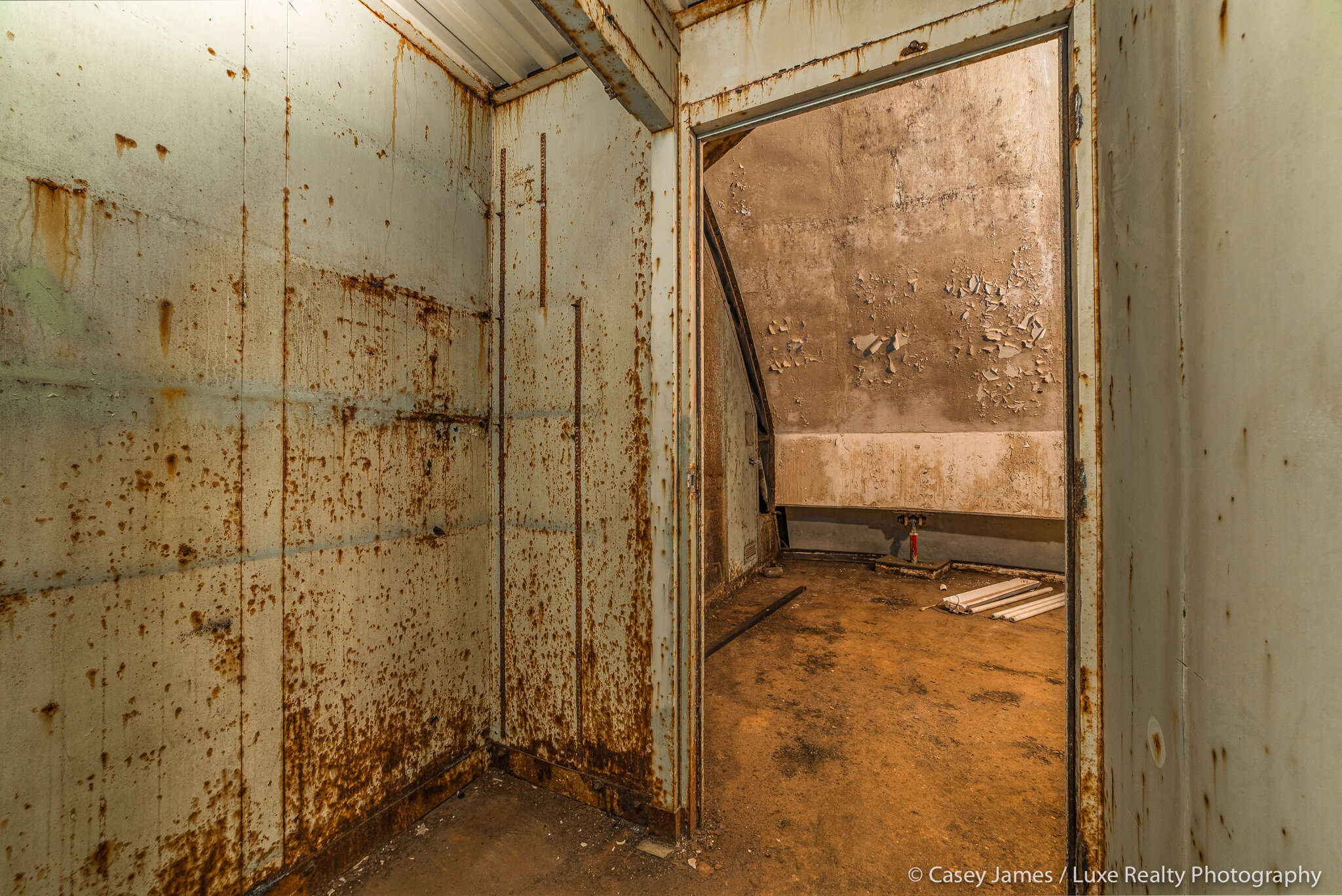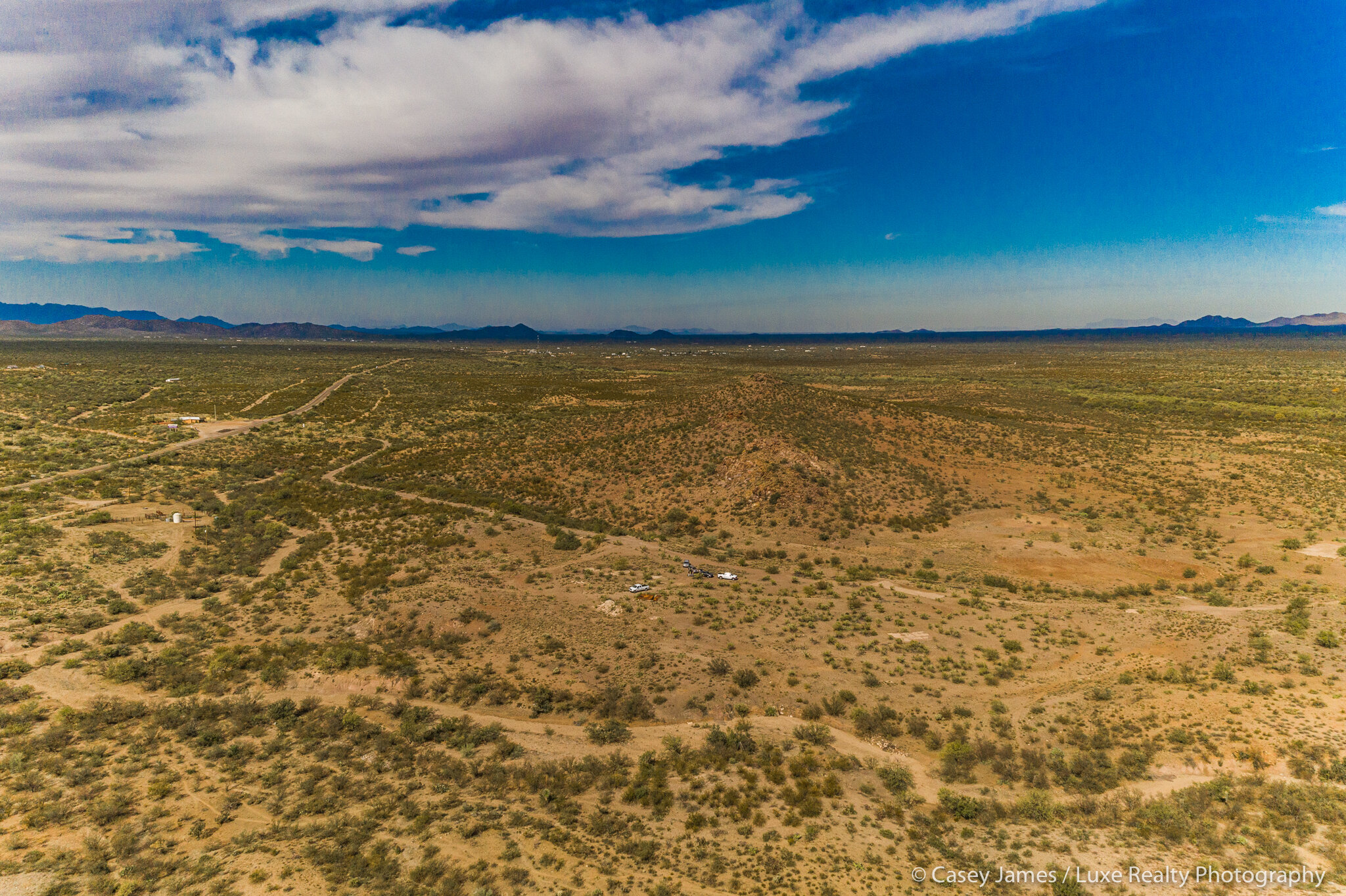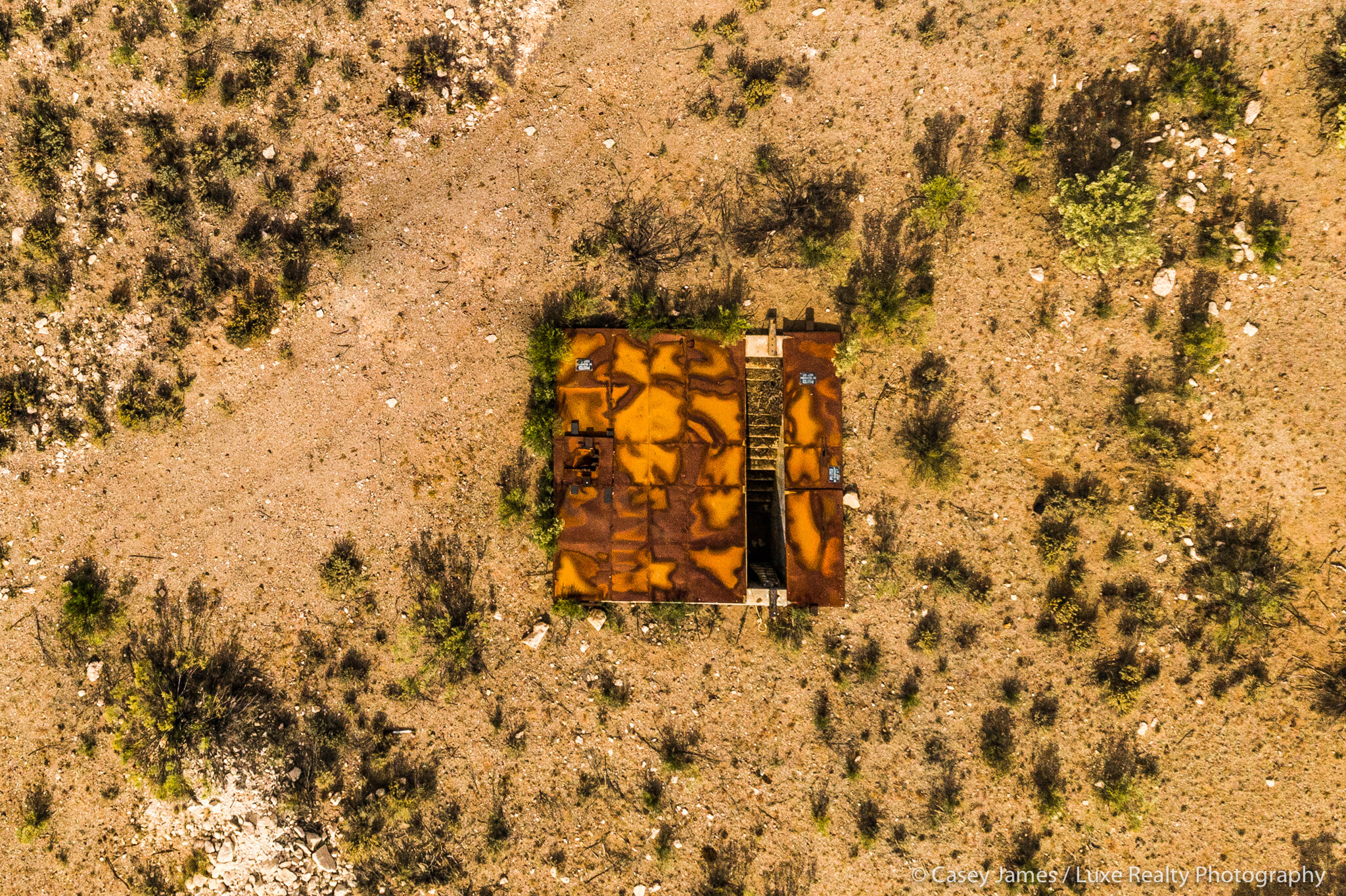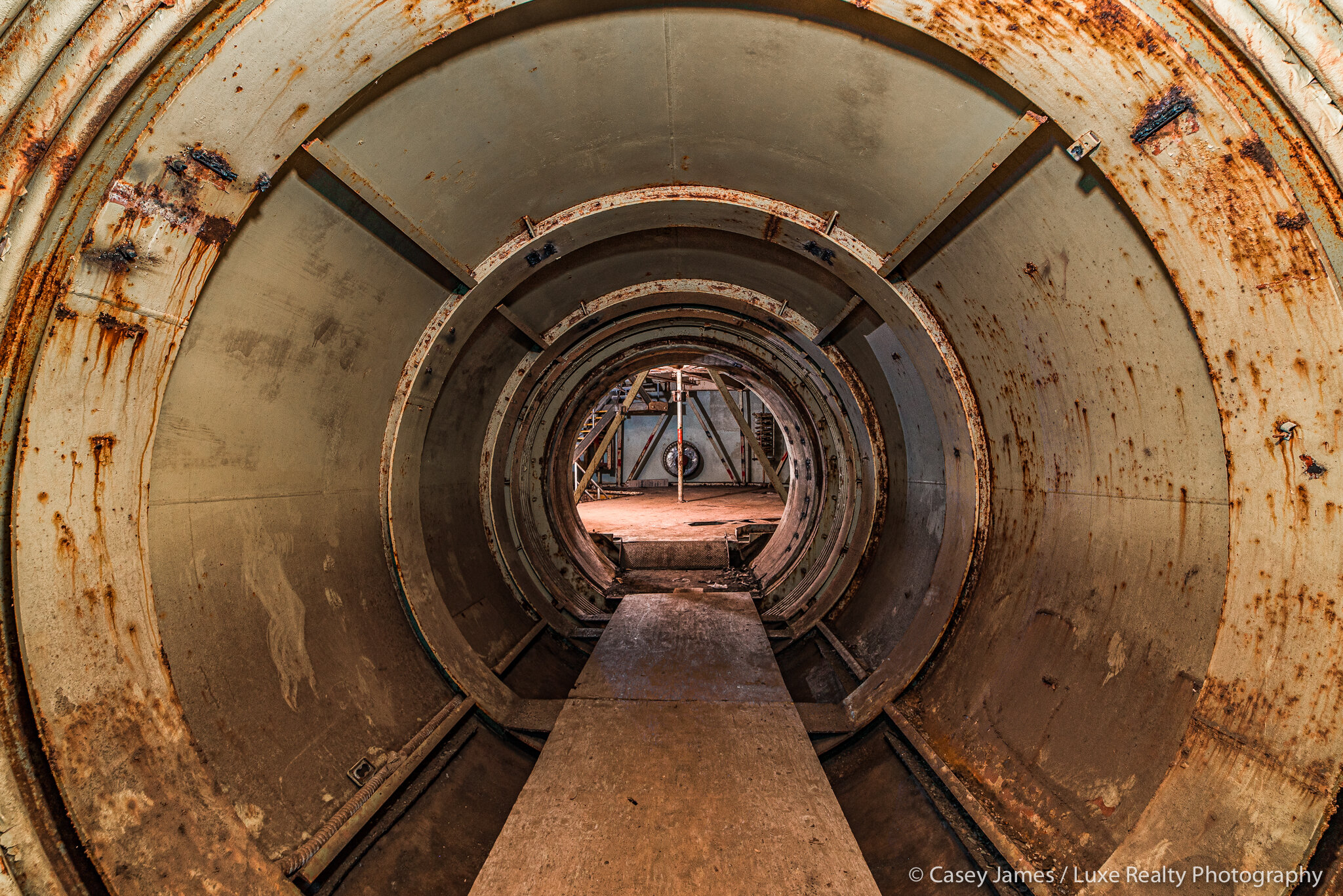You can own this Titan II Missile Site for $395,000
Just north of Catalina, Arizona
HISTORY
The Titan II was the largest land-based missile ever deployed by the US. While the Titan II was designed for the purpose of carrying a nuclear warhead from the United States to another continent, it was built for another purpose altogether. And that purpose was that the Titan II would never launch at all.
24665 S Highway 79
Oracle, AZ 85739 · 13.00 AC · Land For Sale
Click here for the Business Insider Article
Click here for the Arizona Daily Star News Article
MLS LISTING HERE - Grant Hampton - Realty Exectutives
FOR SALE : Have you ever wondered what it may be like to venture close to 100ft underground into a historical Titan Missile Complex?! You probably haven't, but oh man oh man... The EPIC history in itself will amaze you! Yesterday I had the amazing opportunity to capture images of this EPIC location with Grant Hampton & Ian Hicks with Luxe Realty Photography. Arizona Daily Star also met us at the property to showcase this amazing opportunity. Currently, this 12.5 Acre Property is on the market for sale at $395K. You truly have to witness the place for yourself to appreciate it 100%!
As my anxiety kicked in and my nerves began to shake, we ventured down a 40+ foot ladder to the depths of the complex. I knew this was a once in a lifetime opportunity for me, so I took it! As we entered the first dark room, the nostalgic vibes took into full effect. The old paint peeling off rusted metal walls was such a fascinating sight. There was NO ELECTRICITY or cell signal underneath the surface, so we used our own lighting equipment to illuminate the facility as images were captured. Enjoy these images for yourself, and if you know of a potential buyer, this can be theirs!
Photography by Casey James / Luxe Realty Photography
INFO FROM WIKIPEDIA:
The first Titan II guidance system was built by AC Spark Plug. It used an IMU (inertial measurement unit, a gyroscopic sensor) made by AC Spark Plug derived from original designs from MIT Draper Labs. The missile guidance computer (MGC) was the IBM ASC-15. Stage I contained three gyros and the Autopilot. The Autopilot attempted to keep the missile straight during first stage flight and sent commands to the IMU on the 2nd stage. The IMU would compensate and send steering commands to the engine actuators. When spares for this system became hard to obtain, it was replaced by a more modern guidance system, the Delco Universal Space Guidance System (USGS). The USGS used a Carousel IV IMU and a Magic 352 computer.[1]
Launching
Titan II missiles were designed to be launched from underground missile silos that were hardened against nuclear attack. This was intended to allow for the United States to ride out a nuclear first strike by an enemy and be able to retaliate with a second strike response.
The order given to launch a Titan II was vested exclusively in the US President. Once an order was given to launch, launch codes were sent to the silos from SAC HQ or its backup in California. The signal was an audio transmission of a thirty-five letter code.
The two missile operators would record the code in a notebook. The codes were compared to each other and if they matched, both operators proceeded to a red safe containing the missile launch documents. The safe featured a separate lock for each operator, who unlocked it using a combination known only to him or herself.
The safe contained a number of paper envelopes with two letters on the front. Embedded in the thirty-five letter code sent from HQ was a seven-letter sub-code. The first two letters of the sub-code indicated which envelope to open. Inside was a plastic "cookie", with the five letters written on it. If the cookie matched the remaining five digits in the sub-code, the launch order was authenticated.
The message also contained a six-letter code that unlocked the missile. This code was entered on a separate system that opened a butterfly valve on one of the oxidizer lines on the missile engines. Once unlocked, the missile was ready to launch. Other portions of the message contained a launch time, which might be immediate or might be any time in the future.
When that time was reached, the two operators inserted keys into their respective control panels and turned them to launch. The keys had to be turned within two seconds of each other, and had to be held for five seconds. The consoles were too far apart for one person to turn them both within the required timing.
Successfully turning the keys would start the missile launch sequence; firstly, the Titan II's batteries would be charged up completely and the missile would disconnect itself from the missile silo's power. Then the silo doors would slide open, giving off a "SILO SOFT" alarm inside the control room. The guidance system of the Titan II would then configure itself to take control of the missile and input all guidance data to guide the missile to the mission target. Main engine ignition would occur subsequently for a few seconds, building up thrust. Finally, the supports that held the missile in place inside the silo would be released using pyrotechnic bolts, allowing the missile to lift off. [2]
Development
The Titan rocket family was established in October 1955, when the Air Force awarded the Glenn L. Martin Company a contract to build an intercontinental ballistic missile (ICBM). It became known as the Titan I, the nation's first two-stage ICBM and first underground silo-based ICBM. The Martin Company realized that the Titan I could be further improved and presented a proposal to the U.S. Air Force for an improved version. It would carry a larger warhead over a greater range with more accuracy and could be fired more quickly. The Martin company received a contract for the new missile, designated SM-68B Titan II, in June 1960. The Titan II was 50% heavier than the Titan I, with a longer first stage and a larger diameter second stage. The Titan II also used storable propellants: Aerozine 50, which is a 1:1 mixture of hydrazine and unsymmetrical dimethylhydrazine (UDMH), and dinitrogen tetroxide. The Titan I, whose liquid oxygen oxidizer must be loaded immediately before launching, had to be raised from its silo and fueled before launch. The use of storable propellants enabled the Titan II to be launched within 60 seconds directly from within its silo. Their hypergolic nature made them dangerous to handle; a leak could (and did) lead to explosions, and the fuel was highly toxic. However, it allowed for a much simpler and more trouble-free engine system than on cryogenic propellant boosters.[citation needed]
Titan II rocket launch with Clementine spacecraft (25 January 1994)
Titan-II 23G-9 B-107 carrying DMSP-5D3 F-16 Final Titan II launch 18 Oct 2003
The first flight of the Titan II was in March 1962 and the missile, now designated LGM-25C, reached initial operating capability in October 1963. The Titan II contained one W-53 nuclear warhead in a Mark 6 re-entry vehicle with a range of 8,700 nautical miles ~(16,000 kilometres (9,900 mi)). The W-53 had a yield of 9 megatons. This warhead was guided to its target using an inertial guidance unit. The 54 deployed Titan IIs formed the backbone of America's strategic deterrent force until the LGM-30 Minuteman ICBM was deployed en masse during the early to mid-1960s. Twelve Titan IIs were flown in NASA's Gemini crewed space program in the mid-1960s.[citation needed]
The Department of Defense predicted that a Titan II missile could eventually carry a warhead with a 35 megaton yield, based on projected improvements. However, that warhead was never developed or deployed. This would have made this warhead one of the most powerful ever, with almost double the power-to-weight ratio of the B41 nuclear bomb.[3]

